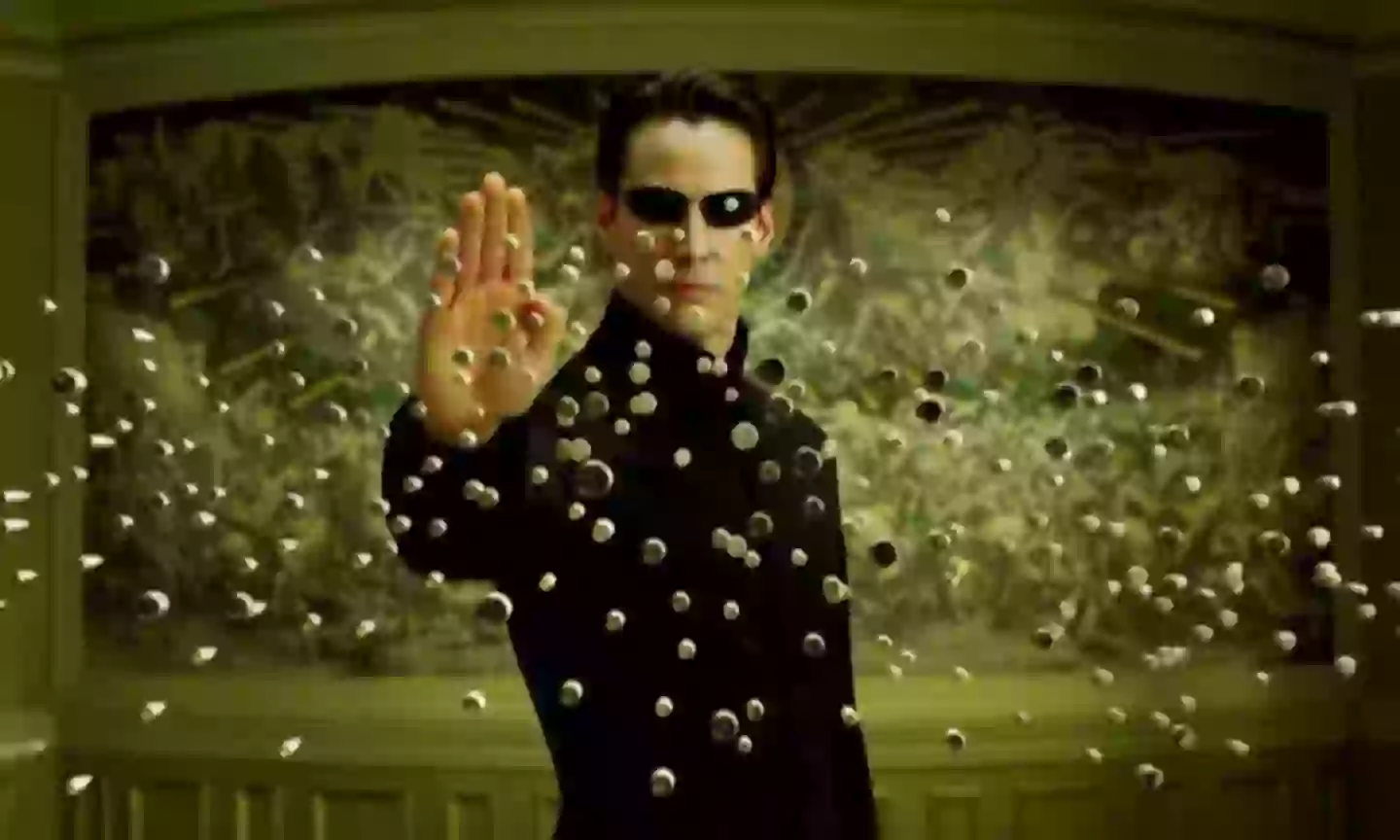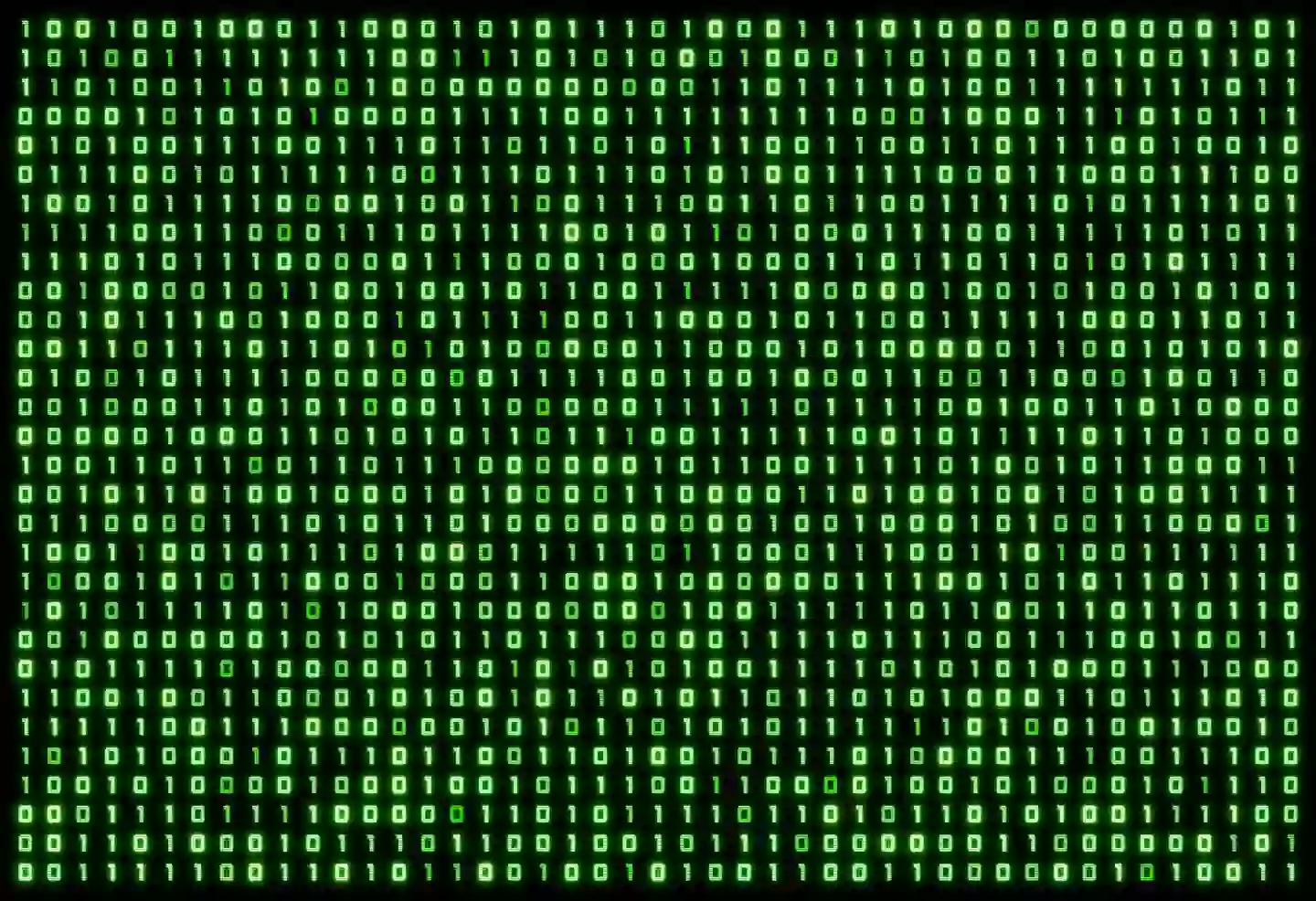
A physics professor has suggested that The Matrix may not be that far off the real world when it comes to their idea of living in a virtual simulation.
If you've seen the 1999 film, you'll know of hacker Neo's (Keanu Reeves) discovery that we all really live in a dystopian future where intelligent machines place humans into a simulated reality known as the Matrix, to create human bioelectricity.
It made people think, but the idea of it being reality was nothing more than a theory, until Melvin Vopson, an associate professor in physics at the University of Portsmouth, published his new paper.
Advert
He claims that it might be gravity of all things that could signal that we're actually in a simulation. That's right, the force keeping us on this planet could actually be keeping us inside the Matrix.

Professor Vopson theorised in a new paper that the universe is really the 'ultimate computer', and that gravity's pull across it is the way that the universe organises its data.
It may sound outlandish, but he claims that this is how its overwhelming amount of data is managed, and that forcing objects holding mass into one direction, is comparable to how computers compress code.
Writing about his latest findings on LinkedIn, he claimed that it could prove that we really are part of a 'computational universe'.
Advert
Professor Vopson has long been studying the possibilities that we live in a simulated reality, with his latest study, which was published in AIP Advances, says that gravitational attraction can reduce 'information entrophy', which can be defined as the amount of information an object has in a given space.
Speaking to MailOnline, Professor Vopson explained: "The universe evolves in a way that the information content in it is compressed, optimised and organised – just as computers and computer code do.

"Hence, gravity appears to be another process of data compression in a possibly simulated universe."
The study itself presents a different way to look at gravity, as he added: "My findings in this study fit with the thought that the universe might work like a giant computer, or our reality is a simulated construct."
Advert
It goes beyond gravity on Earth though, focusing on the force throughout the universe, which is approximately 93 billion light-years across in size.
Gravity helps to form planets, stars and galaxies and influences matter - the theory says that they are being 'pulled together' as a way for the universe to keep information in place and 'compressed'.
Speaking to the publication, Professor Vopson added: "To put it simply, it is easier to compute all the properties and characteristics of a single object in space, rather than multiple objects.
"That is why objects in space are pulled together."

Advert
The doctor also formulated a principle that information is a 'physical dominant, fifth state of matter', and that information has mass, while elementary particles, the smallest known building blocks of out universe, store information.
Bits for example, the units of digital information, is something he believes to have to have its own mass and energy.
A previous paper of his even claimed to establish a new law of physics, based around how information can behave.
Essentially, the 'entropy' or disorder, in a system of information doesn't increase, it actually decreases, according to the professor - which would go against the existing second law of thermodynamics.
Dr Vopson further claims: "The second law of infodynamics requires the minimisation of the information content associated with any event or process in the universe,
Advert
"To put it simply, everything appears to evolve to an equilibrium state where the information content is minimal."
He once again compared this to the rules that are applied in computer coding.
If this is all true, who's going to step up as 'The One' and fight the machines?
Topics: The Matrix, Science, Education